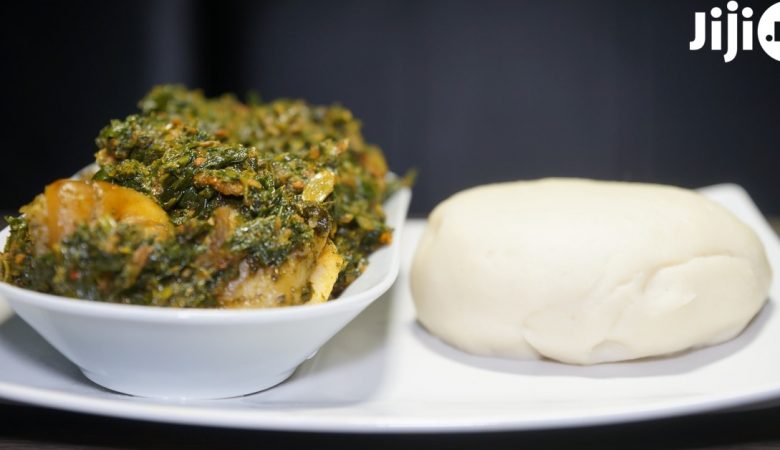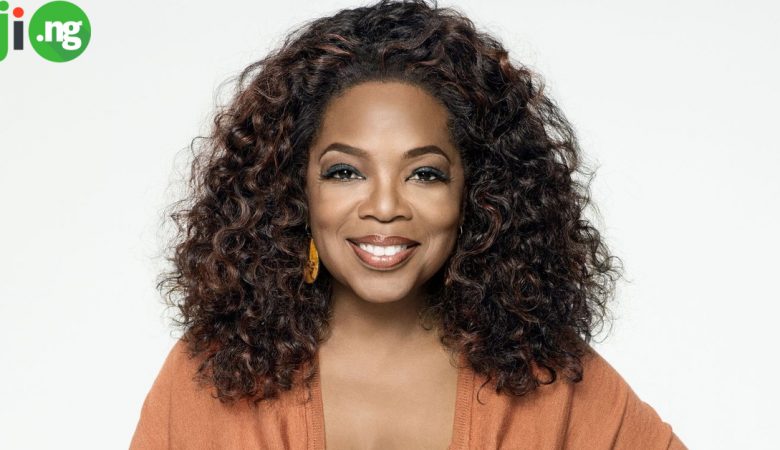In this post, we will talk about the classes of food and the daily needs of the essential nutrients. These six classes of food are carbohydrates, protein, fat, vitamins, minerals, and water.
The essential nutrients are those nutrients that the human body can’t synthesize on its own — or doesn’t synthesize them in an adequate amount, so this amount must be provided by the appropriate diet. These essential nutrients are necessary for our body because they help our organism to function properly.
Let’s take a close look at these 6 classes of food and their examples, and list the best sources we can get these important nutrients from.
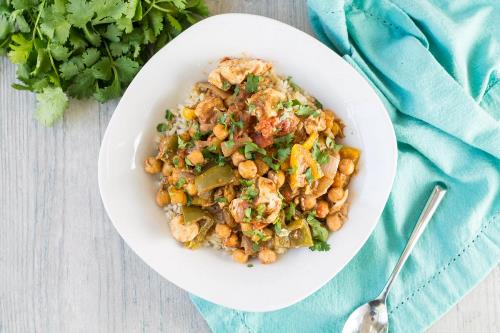
Buy fresh high-quality meals and drinks on Jiji at the best prices on the Web!
1. What are the classes of food?
There aren’t many people who seriously think about the huge variety of substances we consume with each meal. And that even an apple or a piece of bread contains a large set of various components that your body will use in the nearest future for its multiple needs!
So, how many classes of food do we have?
The entire classification of food that we use consists of six main components. These components that make up any product are called «food substances». Food substances include:
- Proteins (animal and vegetable).
- Carbohydrates (simple and complex, including fiber).
- Fats (saturated and unsaturated).
- Vitamins (fat soluble and water soluble).
- Minerals.
- Water.
The use of high-quality natural nutritional supplements will help you improve adaptation to physical exertion, replenish nutrition with missing components, regulate body weight or muscle mass, speed up the process of recovery of the body after exercise.
It is very important to take into account the fact that food additives often contain potential allergens such as flavors and preservatives. So, before buying a large package, try a small one and prepare for the fact that the effect of sports nutrition drugs is not instantaneous. Usually, the body gets used to a new product for 2-3 weeks and only then begins to benefit.
Now we will go directly to these classes of food with examples to sort things out!
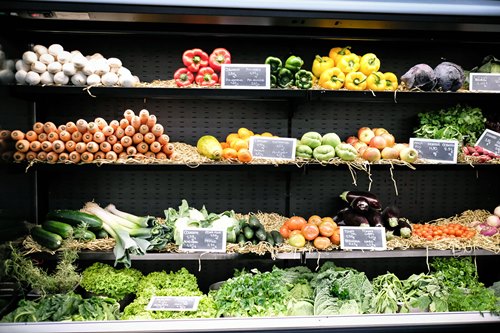
2. Six food groups and examples
2.1. Six classes of food and their sources: Water
- The definition & functions: maybe you won’t believe it, but water is one of the types of food, that is an important component of nutrition as the all other nutrients. The human body needs a certain amount of water every day – it is vital for digesting food, removing toxins and maintaining normal body temperature.
- Best sources: classification of food contains many products that contain water in great amount. Let’s say more than that: water contains in any product because it’s a simple combination of oxygen and hydrogen. The largest percentage of water contains in vegetables and fruits. 100 grams of cucumber contains about 96 grams of water. Radish, lettuce, and tomatoes contain the same high percentage of water. A lot of water can be found in berries, and strawberries hold the lead!
- Daily needs: about 2-2.5 liters per day.
Find the freshest fruits on Jiji nearly for free!
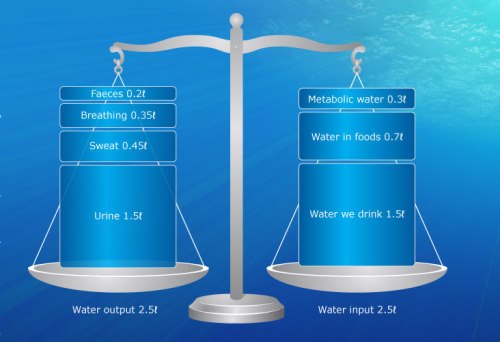
How much water should you really drink every day? Recommended Daily Water Intake for Hair Loss
Get your hair loss treatment here ►►► http://endhairloss.eu Follow us in our social networks: https://www.facebook.com/endhairloss.eu https://twitter.com/endhairloss https://plus.google.com/+endhairloss/… https://www.youtube.com/user/endhairloss https://www.linkedin.com/profile/prev… t_IT https://www.pinterest.com/paolo8808/s… http://paolo8808.tumblr.com/ How much water should you really drink every day? Recommended Daily Water Intake Do you know the right amount of water that you should be drinking every day?
2.2. Six classes of food and examples: Carbohydrates
- The definition & functions: carbohydrates are another important class in different types of food groups. These are the substances (there are simple and complex) that are the main source of energy for the muscles and the whole organism to work. Some carbohydrates are so-called fiber, which is practically not absorbed by the body (for example, the pulp of cucumbers, bananas and many fruits).
- Best sources: flour products (baking from whole-ground cereal grains, spaghetti and all kinds of pasta, pizza), beans, lentils, peas and especially soy, honey, jam, fructose, food sugar (preferably the so-called “yellow” rather than refined or refined).
- Daily needs: 5-8 gr. per 1 kg of body weight.
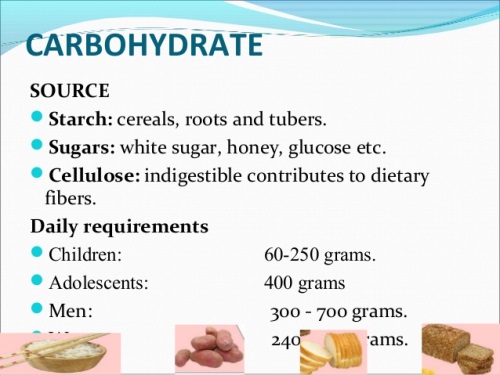
YouTube
No Description
2.3. Classes of food and their functions: Proteins
- The definition & functions: proteins are one more important type in 6 classes of food. It is the main building material of the body, they are necessary for the formation of new muscle fibers, the restoration of injured and replacement of dead tissue in all organs. In the diet, the share of animal protein (meat, offal, fish, poultry, cottage cheese, cheese, eggs, milk) should be at least 60%, which will provide the required optimum amino acid composition. The remaining 40% comes from proteins of plant origin.
- Best sources: white meat of chickens and turkeys, liver and calf meat, fish and fish products, cottage cheese, egg protein.
- Daily needs: 1.6-2.3 grams. per 1 kg of body weight.

How much protein do we need every day | daily protein requirement | Hindi | Fitness Rockers
what is protein? calculate daily protein requirement we should consume. Daily Protein intake & requirement of male, female, pregnant lady, lactating women, children, adolescent, body builders & athletes. complete & incomplete protein difference. Essential & non-essential amino acid difference. How vegetarians can get complete protein. characteristics of good protein food supplement.
2.4. 6 classes of food and their examples: Fats
- The definition & functions: fats are also an important energy and building component of food. Fats provide muscle energy during long-term and low-intensity work, being essentially a substrate (basis) of the body’s endurance.
- Best sources: the rich sources of unsaturated fats are all types of vegetable oil (sunflower, olive, soybean, rapeseed, corn), nuts (primarily, walnuts). However, you should not completely avoid the animal fats, that are the main source of cholesterol. The fact is that cholesterol is necessary for the body for the synthesis of many hormones. A good source of fat is medium-fat milk, as well as light oil varieties, that contain 25-40% of animal fats.
- Daily needs: about 1.5 gr. per 1 kg of body weight.
Check out the great choice of high-quality vegetable oils on Jiji – buy branded products at the lowest prices!
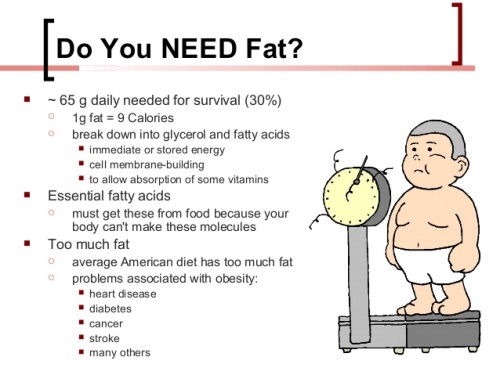
Deep Information of FAT Intake | Saturated & Un-Saturated Fat | Save you Heart – Guru Mann
Deep Information of FAT Intake | Saturated & Un-Saturated Fat | Save you Heart – Guru Mann
2.5. Six food groups and examples: Vitamins
- The definition & functions: these are “life substances” (vita – life), which are present in some foods in small quantities, but affect the most important functions of the body (such as hormonal balance, immunity, eyesight and, of course, maintaining muscle tone).
- Best sources: many fruits, berries, vegetables, and greens, as well as brewer’s yeast (a group of vitamins B) and cereal sprouts (such as oats), are rich sources of water-soluble vitamins. Fat-soluble vitamins in large quantities can be found in fish oil, as well as in sturgeon roe (vitamin E).
- Daily needs: check out the table below and find out the daily needs for vitamins for an organism of a healthy person, that has an active lifestyle.
Find high-quality vitamins and supplements on Jiji at the best prices on the Web!
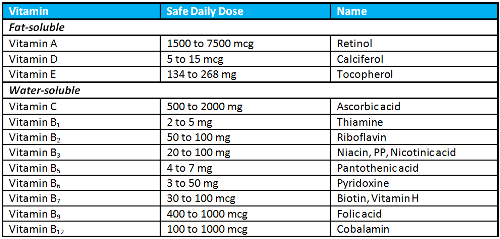
Dr Oz’s Recommendation on Vitamins
http://livingwholesome.com/index.php/category/vitamins Dr. Oz gives us a quick summary on what vitamin supplements he takes. Also, go to our blog to see our review on the best vitamin supplement brands! Here’s his daily supplement regimen: 1. A one-a-day multi-vitamin with vitamins A,B,C,D, and E 2. Vitamin D-3 supplement (preferably with Calcium-Magnesium) 1,000 to 1,200 IU 3.
2.6. 6 classes of food: Minerals
- The definition & functions: these are separate low-molecular substances, salts, and ions of salts. Even the micro-quantities of them support many of the functions of the body. So, calcium ions provide bone strength, the ratio of potassium and sodium ions determines the muscle tone, and the normal level of hemoglobin depends on the iron content in the body, etc. In total, there are more than 30 minerals and trace elements that are essential for the normal functioning of the body.
- Best sources: salt, bread, vegetables, fruits, dairy products, cereals, pasta, meat, fish, poultry, seafood, etc.
- Daily needs: check out the table below and find out the daily needs for certain minerals for an organism of a healthy person that has an active lifestyle.

All Essential Vitamins & Minerals RDA (Recommended Dietary Allowance) & UL (Upper Limit) Dosages…
This video will show you about the recommended doses and upper limit doses of various essential micro nutrients (vitamins & minerals) so that you can know about their exact dosages to be used.
Install free updated Jiji app now and get all the best Jiji deals right on your smartphone!



